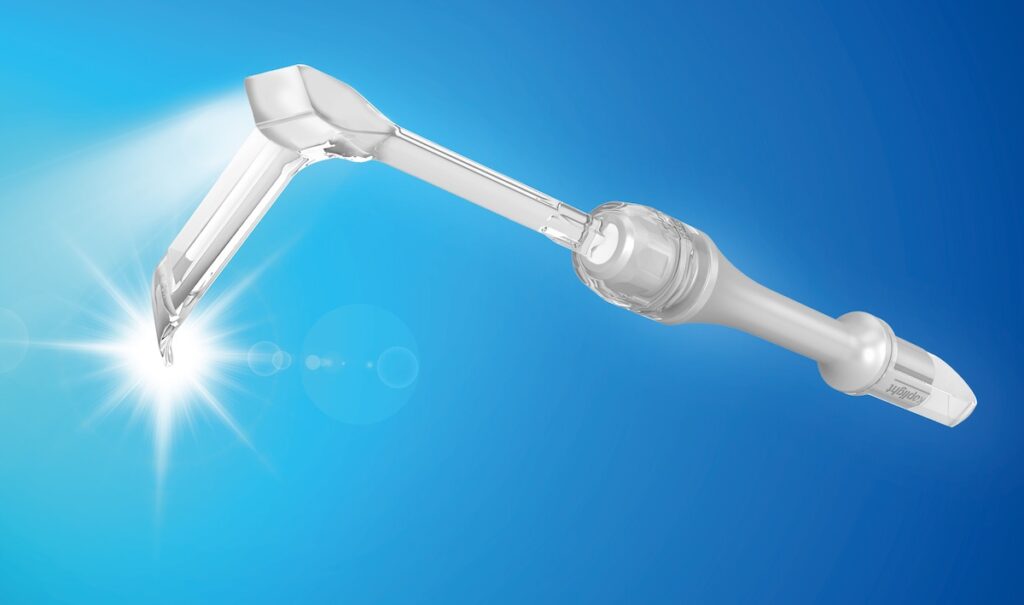Surgical retractors are key surgical tools in a wide range of surgical procedures. They have been for decades, even centuries. But nothing’s perfect, and retractors have shortcomings, both in actual surgery, and related to factors like cost and maintenance.
Some main problems with retractors include the force required to use them, devices being left behind/inside after surgery, and incidental damage they might introduce. The problems are often connected. For example, a surgeon’s fatigue or obstructed view could lead to accidental tissue damage. But there are also modern solutions, such as lightweight and self-lighting retractors, to reduce problems to various degrees.
Here, we’ll examine some of the main issues with retractors, along with ways to possibly reduce or avoid them.
1. Retractors need force to operate
Both handheld retractors and self-retaining retractors range greatly in size and in the force needed to operate them. Abdominal or thoracic surgeries need large metal retractors to hold open the body cavity. And this comes at the cost of surgeons’ or OR assistants’ human strength (not to mention the financial cost). Surgeons have to apply the right amount of force of traction and counter-traction.
The pain is real
Hand pain due to surgical instrument use is among the top three causes of pain reported by surgeons during operations, with retractors being in the group of instruments particularly mentioned.
We covered surgeon fatigue in this article. The factors include:
- equipment size
- heavy steel instruments
- the need to use two hands
- arm positioning
- time with hands or arms in the same position
Doctors often report that instruments such as retractors are made for specific purposes and have little consideration of ergonomics and the ease of operator handling. Promoting better ergonomics studies can lead to more productive operating room staff, according to this study, and it’s also common sense.
A surgeon experiencing back, neck, hand, or foot pain could incorrectly position an instrument and suffer from lower precision. A well-rested surgeon with nimble hands and sharp eyesight will do better work.
2. Either make the surgeon dependent on the assistant or cause tissue damage
Surgical retractors can be handheld or self-retaining. Both have advantages and disadvantages. A clear disadvantage of handheld retractors is that surgeons must often depend on their assistants’ retraction skills, or have enough assistants to help clear the field of view.
Assistants using improper techniques can extend the time of surgery, increasing the chances of infection, as well as related operating expenses. Fatigue and pain caused by non-ergonomic handheld retractors can also lead to fatigue among assistants. Self-retaining retractors, for their part, may cause soft tissue damage such as to the muscles, nerves, and vasculature structures or damage the skin when placed in the incision space with too much tension.
3. Sometimes, they do the opposite of what they’re supposed to
One study found that the same disadvantages apply to both self-retaining and handheld retractors in some areas. For instance, for both types of retractors, the instrument’s structure near the incision space or wound can make surgery more difficult. These problems can only be overcome by trying new types and combinations of instruments, as well as different positions.
Occupying space leads to unwanted manipulations
A particularly obvious problem is in laparoscopic or abdominal surgeries when the retractors deployed use too much space. This can obstruct the field of view and get in the way of the surgeon’s actual surgical work. This, in turn, means assistants have to manipulate the retractors. And they may experience hand or back pain from poor posture or holding the same position for an extended time.
Light reflection causes difficulties in visualization
Traditional metal retractors have metallic blades that reflect the light. Especially in smaller, precise surgeries, the glare can be a constant distraction just when the surgeon needs a clear view. Plastic retractors like the koplight, where applicable, can reduce or remove this issue, as they don’t use shiny metals. And in fact, they provide their own light source.
4. Tissue injuries are a constant concern
Retractors may cause injuries to other organs during the operation. There have been different reports such as one on bowel injuries resulting from using self-retaining retractors.
Other studies, such as this case report, have shown that nerve damage may occur when using self-retaining retractors. The nerve injuries may be so severe that retractors can even nerve palsy.
Retractors used on delicate tissue such as the brain can be an issue for surgeons. There have been reports on both human and animal models of brain contusion due to applying retractor force. Ischemia has been reported with both handheld and self-retaining retractors, even with the new models of retractors designed specifically for retracting the brain.
But the retractors aren’t a problem only in fine surgeries, in abdominal surgeries, mechanical injuries to the liver, delayed necrosis, or even parenchymal rupture have been reported, with retractors as the cause. Another injury risk is burning from hot fiber-optic lighted retractors.
5. Naming them is a constant issue
Though many retractors are named after their inventor (e.g., Deaver, Balfour, and Gelpi), surgeons worldwide call them by different names. Hospitals often use generic names for the various retractors.
On top of that, some surgeons call different instruments by the same generic name, mixing retractors with other surgical instruments. This creates communication problems when time and clear communication are of the essence.
Solutions for the problems?
Yes, there are solutions. Many of the problems go back to common and interconnected themes:
- Weight, size, form, etc.
- Material (metal vs. plastic)
- Obstruction
Poor lighting or obstruction from instrument size can lead to mistakes. Heavy weight can lead to fatigue, which can also lead to mistakes. And so on.
Reduce the weight, while providing light
The koplight is a handheld retractor made from durable plastic and provides a powerful source of light from its blade and body. A handheld lighted retractor with award-winning, physician-informed ergonomic design can be a great alternative to older, heavier metal retractors.
We’ve written on how it can assist in smaller surgeries such as facial plastic surgery and oral surgery, and be a valuable assistant in larger surgeries such as abdominal and thoracic.
Naturally, this clever device can’t replace large self-retaining retractors, so we’ll keep looking to other technological solutions that emerge.

Contact us for more information on purchasing, or becoming a distributor for, the Yasui koplight.

